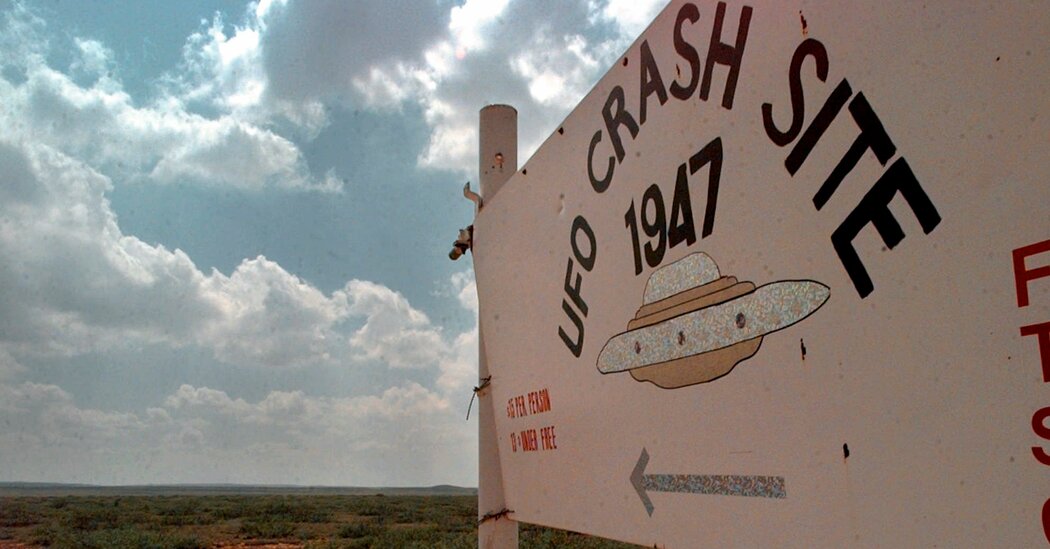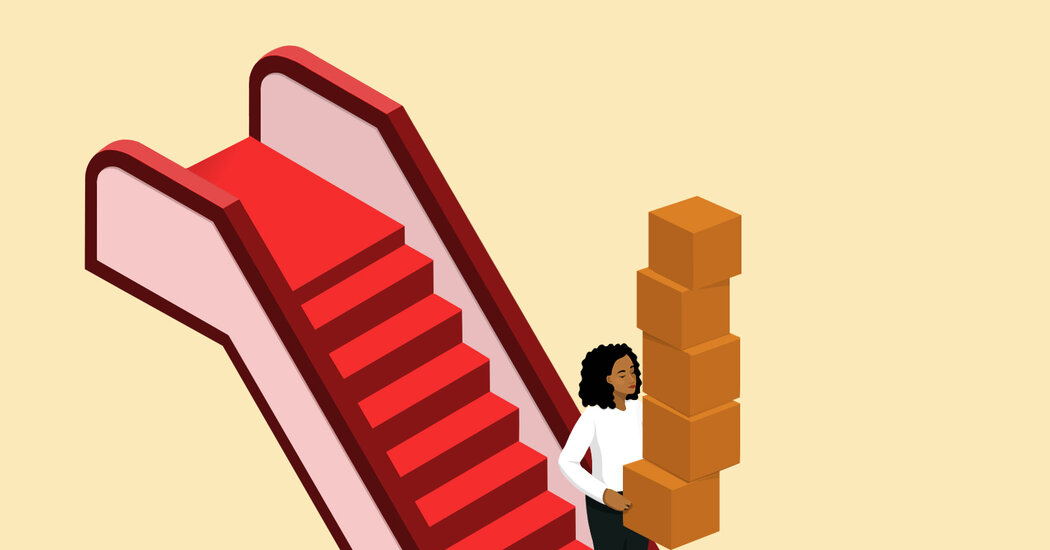
Dr. Vallée began studying the Trinity incident several years ago alongside a journalist, Paola Harris, and interviewed people who claimed to have witnessed the crash. Dr. Vallée and Ms. Harris chronicled their research in a book, “Trinity: The Best-Kept Secret,” including the details of the avocado-shaped object. They also spoke to witnesses who said they came across the object as children and found what they described as “little creatures.”
In the United States, Dr. Vallée said, “there has always been, on the part of the government, especially the Pentagon,” a sense that civilian sightings are unreliable. “The reason,” he said, “is that civilians don’t have the technology to really document what happens, and of course the Pentagon does.”
But, Dr. Vallée said, there’s no reason that “a farmer in his field” isn’t qualified to give a quality observation of a possible U.F.O. “The civilian observations tend to be longer, they tend to be more detailed, they tend to leave a trace that we can analyze,” he said.
He said he was working with a team at Stanford University to analyze samples of minerals and debris that were left after U.F.O. crashes or landings.
“I would hope that the new project would continue to do that because I think we’ve shown the way to do that scientifically,” Dr. Vallée said. He added, “We don’t have proof that a biologist can look at, but we have considerable statistical and now observational evidence that there must be life out there, that the Earth is not unique.”
At 83, Dr. Vallée still holds out hope for tangible evidence in his lifetime.
“Science is a moving frontier,” he said. “I want to have the right answers, even if they are small answers, rather than more speculation.”




